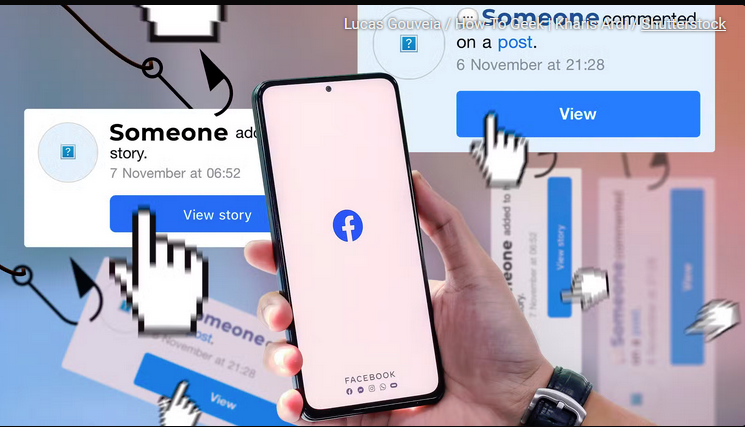The troubleshooting process is a systematic way to solve problems with complex machines, electronics, computers, and software. Most troubleshooting methods begin by gathering information on the issue, such as unwanted behavior or a lack of expected functionality. After understanding the issue and how to reproduce it, remove unnecessary components to see if it persists. This helps identify incompatible components and third-party issues.
How does troubleshooting work?
The trouble in a computer system that needs fixing can manifest in a wide variety of ways. Places where troubleshooters commonly find themselves include:
- operating systems
- applications
- central processing units or CPUs
- firewalls
- hard drives
- solid-state drives
- servers
By pressing Control, Alt, and Delete on a PC, the Task Manager can be accessed, from which the user can see which programs are causing the problem, terminate them, and then restart the computer. On a Mac, you can also kill a program by pressing the Option key, the Command key, and the Escape key simultaneously.
Experts in information technology and customer service use more in-depth methods to diagnose issues. Even though there are a wide variety of approaches to troubleshooting, the following seven steps are frequently used.
Step 1: Gathering Information
Gathering relevant information is the first step in solving any problem. This can be a missing skill or explanation for an unusual occurrence. Corresponding symptoms and special conditions required to replicate the problem are also helpful pieces of information to have at hand. Finding the source of the issue and learning how to replicate it is a primary objective.
Step 2: Provide a description of the issue.
By providing a detailed explanation of the problem, it will be easier for technicians to locate its origin. It may be instructive to ponder the following issues:
- What signs should I look for?
- What time frame does this issue appear?
- Where exactly is the issue happening?
- When does this issue arise, and under what circumstances?
- Is it possible to recreate the issue?
The responses to these inquiries will reveal which factors are not contributing to the issue. They will also aid in the detection of any incompatibilities between parts and third-party products. If the problem persists after these steps, a technician may look into other possible explanations by reading through product documentation or searching through a support database.
Step 3: Figure out the most probable causes
Problems can have many causes. Test options to see which don’t work. Start with the simplest cause, even in a complicated system.
The split-half testing method is common. This method finds a problem’s cause through elimination. This method works best with sequential parts. Troubleshooters test a mid-line part first. They know everything if the middle works. They move on to the last untried part of the series. If the second section’s test is successful, they move to the third.
If a problem arises during these tests, the troubleshooters start over until they find it. Split-half can save time in complex systems.
Step 4: Create a plan and test a solution
After understanding the problem, troubleshooters develop a solution. They test their hypothesis until a solution emerges. Attempt Step 3 again if all tests fail.
Step 5: Implement the solution
After identifying the problem, troubleshooters must adjust, repair, or replace it. After that, they should test the solution to make sure it works. The goal is to fix the system. When the problem cannot be reproduced and functionality is restored, troubleshooting is successful. Troubleshooting depends on technicians’ thoroughness and experience.
Step 6: Make sense of the results
Sometimes a problem’s solution causes another. Troubleshooters must monitor the system to ensure changes don’t harm other parts or connected systems.
Step 7: Document process
Document all steps. This ensures future troubleshooters know what to do. Document both the solution and failed fixes to provide a complete record of the incident. Documentation can also be used to create troubleshooting checklists.
Problems that can be replicated are preferable from a troubleshooting perspective. When investigating a problem, you have a wider variety of methods at your disposal if it is one that can be repeated. This means that it is much simpler to track down the source of the issue and implement a fix for problems that can be replicated. It’s not always preferable to be able to recreate a problem from scratch, especially if doing so could have a negative effect. To gain more insight and control over your investigation, it is recommended to recreate the issue in a test or development environment.





